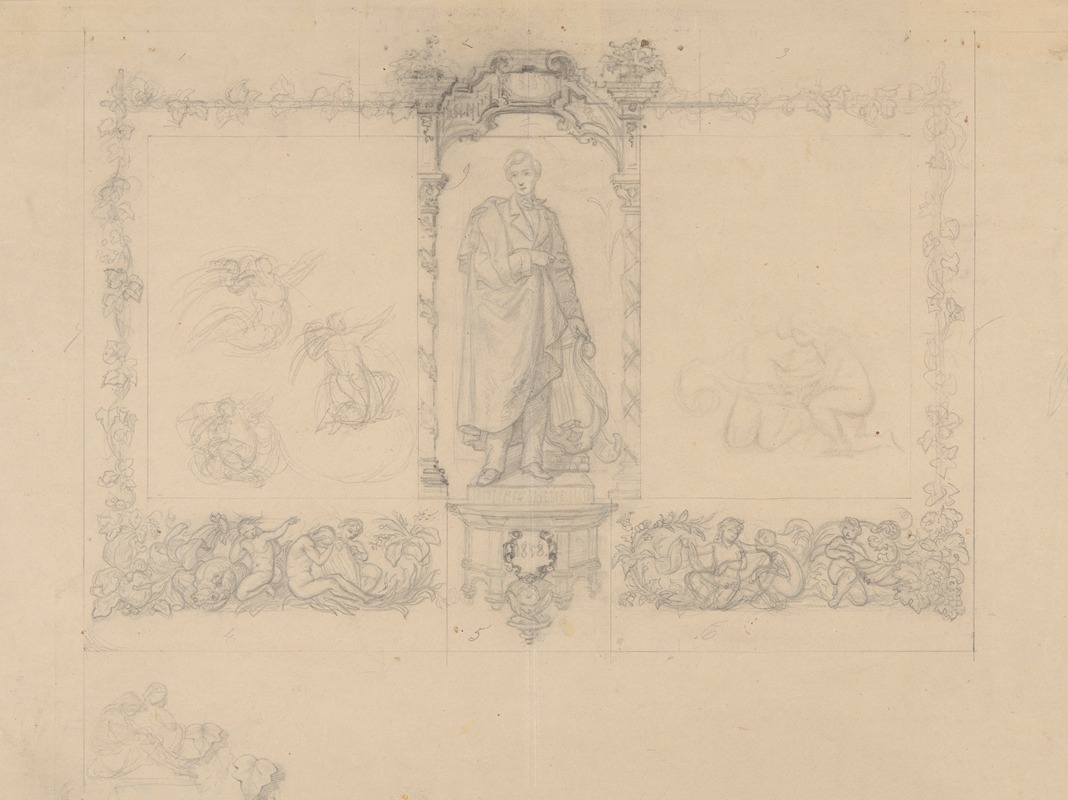
Design of a Vignette for a Publishing House
A hand-painted replica of Józef Simmler’s masterpiece Design of a Vignette for a Publishing House, meticulously crafted by professional artists to capture the true essence of the original. Each piece is created with museum-quality canvas and rare mineral pigments, carefully painted by experienced artists with delicate brushstrokes and rich, layered colors to perfectly recreate the texture of the original artwork. Unlike machine-printed reproductions, this hand-painted version brings the painting to life, infused with the artist’s emotions and skill in every stroke. Whether for personal collection or home decoration, it instantly elevates the artistic atmosphere of any space.
Józef Simmler, a prominent Polish painter of the 19th century, is best known for his historical and portrait works. Among his lesser-known creations is Design of a Vignette for a Publishing House, a piece that reflects his versatility and skill in graphic design. This work was created as a design for a vignette, a decorative illustration intended for use in publications, likely as an emblem or ornamental feature for a publishing house.
The vignette showcases Simmler’s attention to detail and his ability to adapt his artistic talents to different mediums beyond traditional painting. While primarily recognized for his oil paintings, such as Death of Barbara Radziwiłł, Simmler also engaged in projects that required intricate line work and compositional precision, as seen in this vignette design. The piece demonstrates his understanding of balance and aesthetics, qualities that were essential for decorative art in the publishing industry of the time.
The exact date of the creation of Design of a Vignette for a Publishing House is not definitively documented, but it is consistent with Simmler’s active period as an artist, which spanned the mid-19th century. During this time, Poland was under partitions, and cultural expression often carried significant national and artistic importance. Simmler’s work, including this vignette, contributed to the broader artistic and cultural movements of the era.
The vignette itself is characterized by its elegant and harmonious design, likely incorporating motifs that were popular in 19th-century European graphic art. However, specific details about the imagery or symbols used in the vignette are not widely documented. It is also unclear which publishing house commissioned or used this design, as records regarding its application or reception are scarce.
Józef Simmler’s contributions to Polish art extend beyond his well-known historical paintings, and works like Design of a Vignette for a Publishing House highlight his versatility as an artist. Although this particular piece is not as extensively studied or celebrated as his larger works, it remains a testament to his skill and adaptability in various artistic disciplines.
Further research into archival materials or publishing records may provide additional insights into the context and significance of this vignette design. For now, it stands as an example of Simmler’s broader artistic endeavors and his engagement with the decorative arts.











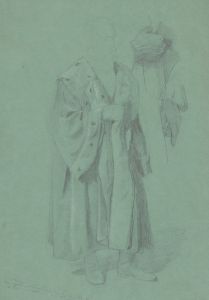
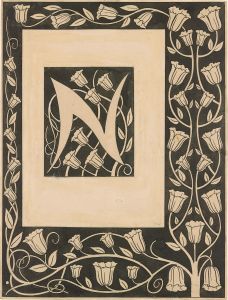
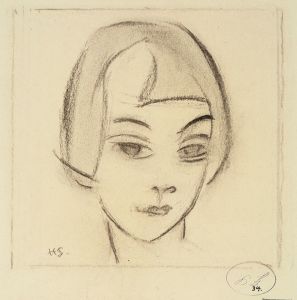

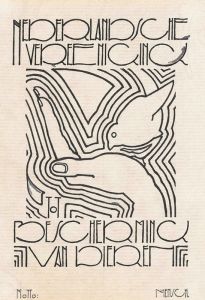
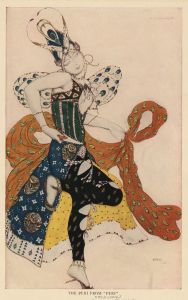

![The Inland Printer cover design [July issue, vol. XIII, no. 4, 1894]](/imgs/269717/s/will-bradley-the-inland-printer-cover-design-july-issue-vol-xiii-no-4-1894-8fd067c2.jpg)